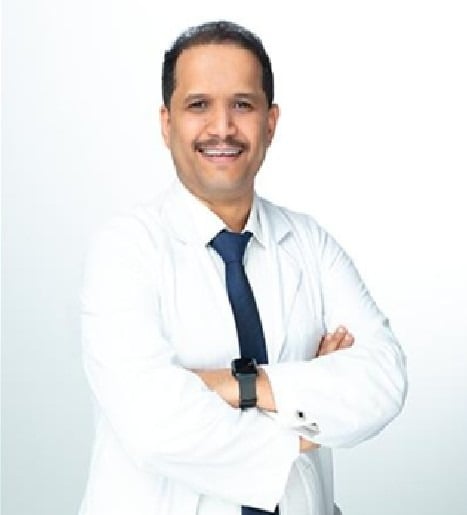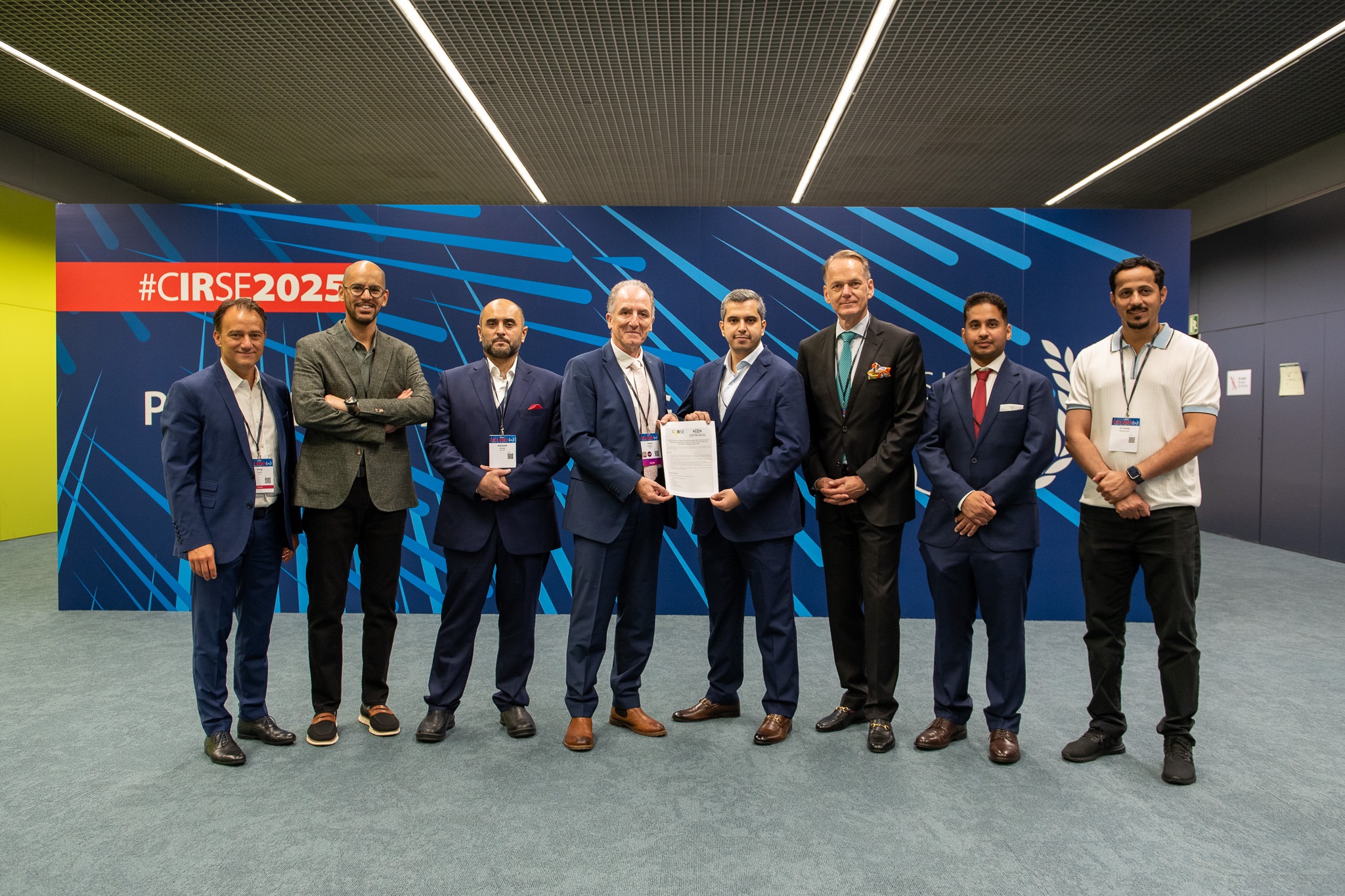CIRSE Insider: What is the path like for students or physicians who wish to become an IR in Saudi Arabia?
Alshehri: The path begins with completing medical school and a one-year internship to obtain an MBBS degree and then to qualify for a medical license through the Saudi Commission for Health Specialties (SCHS). The next step is entering a radiology residency, which typically lasts four years. During residency, we gain broad exposure to all imaging modalities, including dedicated rotations in vascular and interventional radiology.
After completing residency and earning the Saudi Board certification in radiology, trainees can pursue a subspecialty fellowship in vascular and interventional radiology, accredited by the SCFHS or recognized international centres. The fellowship usually lasts between one and two years and provides intensive, hands-on training in both vascular and non-vascular interventions. Currently, around 20 to 25 doctors graduate each year from the local vascular and interventional radiology fellowship program, significantly contributing to the growth and availability of high-quality IR services across the Kingdom.
Upon successful completion, physicians become certified vascular and interventional radiologists, qualified to practice independently. From there, continuous education, research, and active participation in professional societies such as the SIRS are essential for professional growth and staying up to date with advances in the field.




